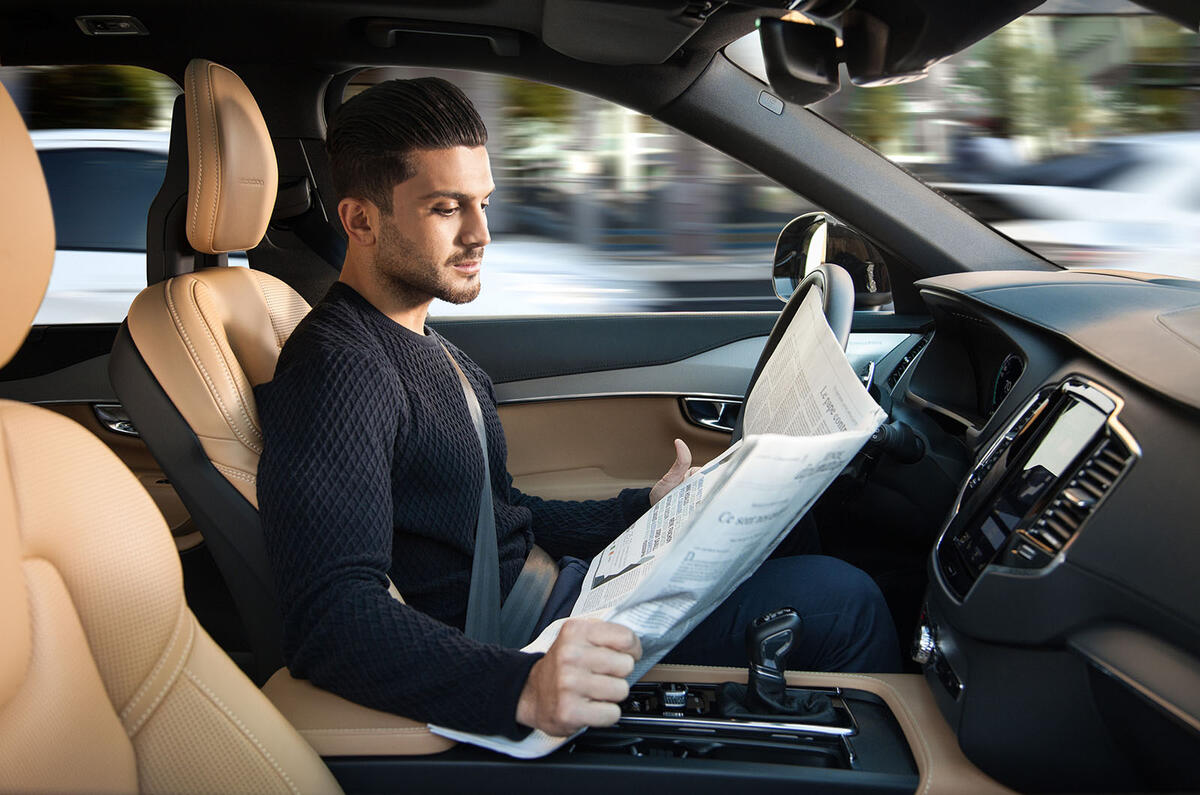Automotive consulting firm IHS has released details of a report that predicts a massive rise in the use and sale of autonomous vehicles and suggests that annual autonomous car sales will reach 21 million by 2035
The report says the stride towards autonomy on the roads will be led by the US, with several thousand such vehicles in use by 2020. Japan is also expected to ramp up investment in autonomous vehicles and industry co-ordination for the 2020 Summer Olympics.
The single largest market for the technology, however, could be China, with the volume of vehicles sold and the demand for new technology leading to predicted autonomous vehicle sales of 4.5m by 2035.
The premium segment in major western European markets will ensure that the region leads the way in industry technology, with some 3m vehicles expected to sell in 2035. Eastern Europe won’t be far behind, with a predicted 1.2m vehicles sold in the same year, along with more than 1m in the Middle East and Africa.
Egil Juliussen, IHS Automotive’s director of research, believes global sales of autonomous vehicles will hit 600,000 by 2025. “Our new forecast reflects a 43% compound annual growth rate between 2025 and 2035 - a decade of substantial growth, as driverless and self-driving cars alike are more widely adopted in all key global automotive markets,” he said.
Influencers on such growth include mobility solutions such as ride sharing and car sharing and more investment in autonomy by manufacturers, suppliers and technology companies. IHS took into account current R&D projects and discussions between OEMs and suppliers when making the forecast.
Progress isn't expected to be straightforward. IHS suggests that challenges to the establishment of autonomous motoring will include global legislation, cybersecurity and software reliability.
”Future mobility will connect and combine many different modes and technologies, and autonomous vehicles will play a central role,” said Jeremy Carlson, principal analyst at IHS Automotive.
“IHS expects entirely new vehicle segments to be created, in addition to traditional vehicles adding autonomous capabilities. Consumers gain new choices in personal mobility to complement mass transit, and these new choices will increasingly use battery electric and other efficient means of propulsion.”
Phill Tromans






Join the debate
Add your comment
A few years ago certain
clueless